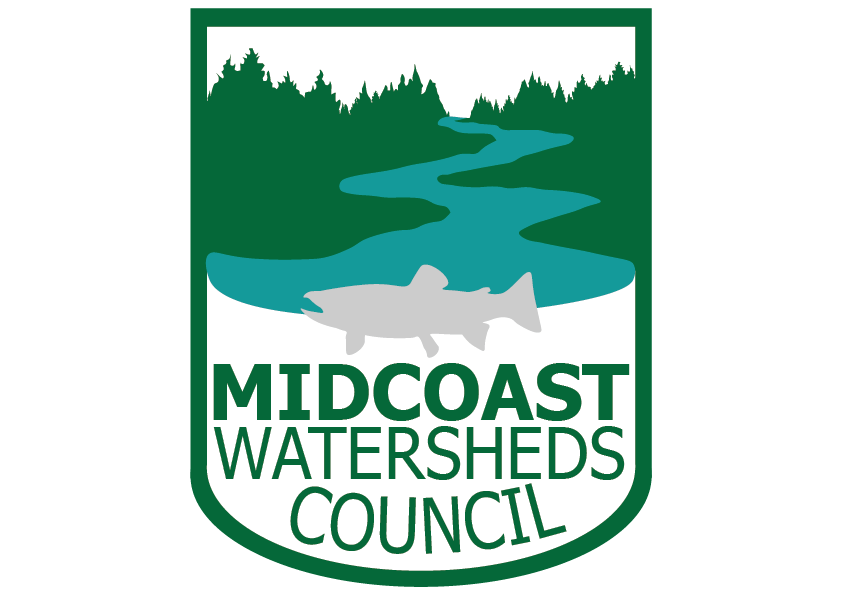While there are a myriad of reasons one may be feeling blue at this moment, local artist Duncan Berry and filmmakers Richard Wright, Myrl Wright, and Lisa Voelker, have created a series of seven-10 minute You Tube videos called the Blue Heart Chronicles that may help flip the script with beautiful imagery of the Salmon River watershed at the northern bounds of MCWC's working area.
In the series, "we utilize a dynamic combination of arts and sciences to take you on a deep dive into the liquid operating system of our planet. And in the process we take you from the surface of the sun to the bottom of the Mariana trench, revealing the surprising, the hidden and the beautiful, stitching together the story of life on planet earth, with a liquid blue thread, says Duncan.
While the first episode will debut in early July, the video below that introduces the series is jam-packed with the same amazing imagery and fascinating factoids.
Pre-covid, MCWC had planned on coordinating a volunteer Restoration Work Party on June 13th at the Tamara Quays and Pixieland restoration sites with Salmon-Drift Creek Watershed Council and the US Forest Service. We envisioned spending the day pulling invasive species so native plants can thrive, continuing the long history of restoration in the Salmon River Estuary with our community, and marking our second year participating in the regional Orca Action Month with Whale and Dolphin Conservation. While that is now off the table, we hope the Blue Heart Chronicles may help those that would have otherwise liked to volunteer to still feel connected to the Salmon River and Cascade Head area.
Salmon River Estuary Restoration
Restoration work first began at Pixieland and Tamara Quays in 2007, after lands of a former theme park and trailer community totaling 97 acres were acquired by the US Forest Service in order to fulfill management goals within the 1974-designated Cascade Head Scenic-Research Area. In addition to removing the structures associated with their former land uses, actions took place to restore the natural tidal hydrology and vegetation of the sites.
As a whole, the Salmon River Basin has seen restoration of estuarine marshes more complete than in any other Oregon estuary. While diking and drianing of most of the marshes in the estuary took place in the 1960’s to convert them to livestock pastures, restoration projects reversed the unintentional ill effects to salmon of these actions by removing dikes and re-establishing of native marsh vegetation and tidal channels that provide crucial habitat at vulnerable life stages.
You can learn more about this amazing endeavor on our website: http://www.midcoastwatersheds.org/coho-lhd
and here: https://www.fs.usda.gov/detail/siuslaw/landmanagement/resourcemanagement/?cid=fsbdev7_007294

